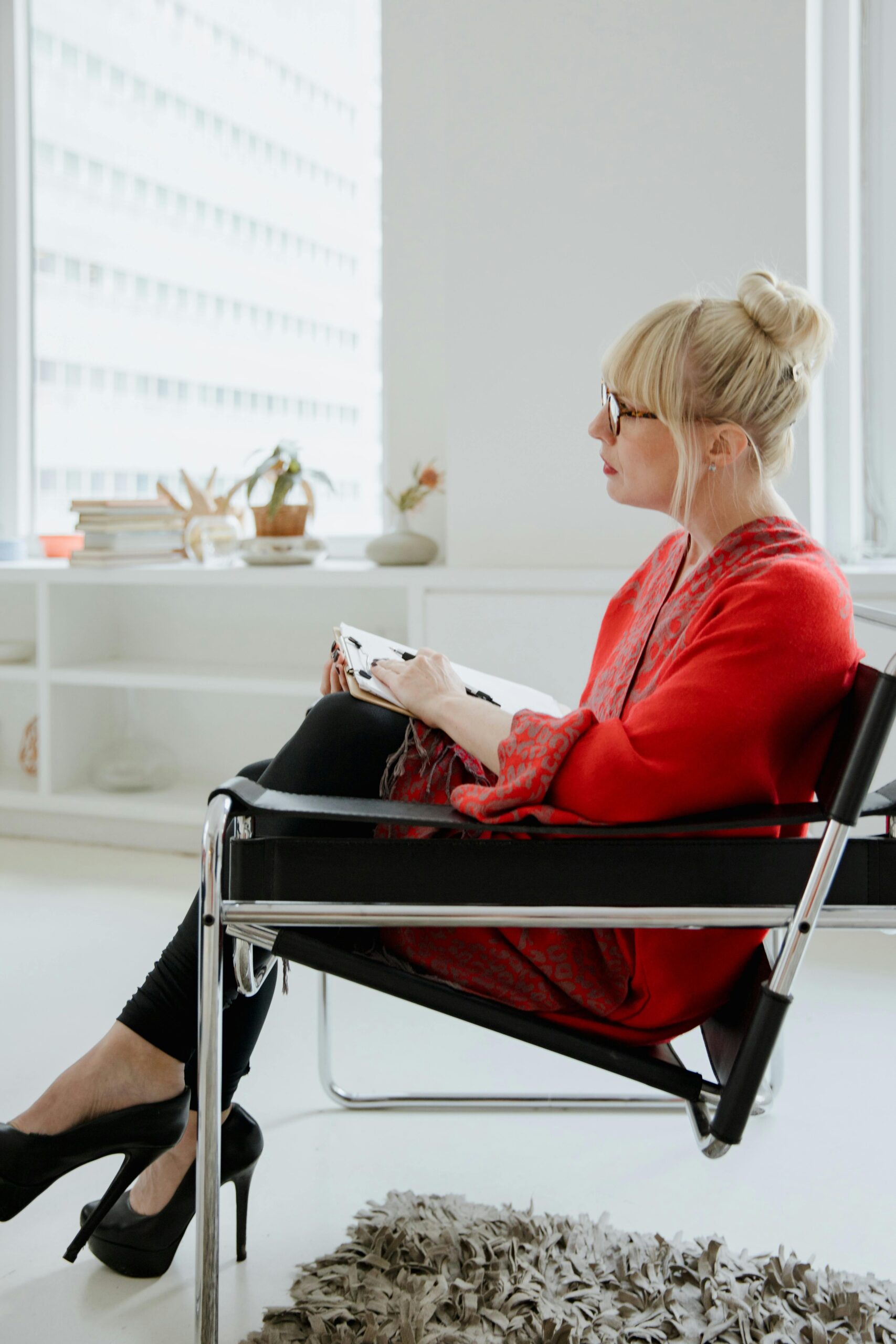Your brain makes about 35,000 decisions every day, and many of them happen the moment you walk into a room. The color of the walls, the height of the ceiling, the texture underfoot—all of these elements trigger neurological responses that either enhance or diminish your well-being. While traditional luxury design has long focused on status and aesthetics, a revolutionary approach is emerging that goes deeper, literally rewiring how we experience our most intimate spaces. Neuro-luxury design represents the convergence of cutting-edge cognitive psychology with high-end interior architecture, creating environments that don’t just look extraordinary—they make you feel extraordinary at a cellular level.

This Photo was taken by RDNE Stock project.
The neuroscience revolution in luxury spaces
The human brain processes visual information 60,000 times faster than text, making your immediate environment one of the most powerful influences on your mental state. Recent neuroscience research has revealed that specific design elements can measurably alter brainwave patterns, cortisol levels, and cognitive performance within minutes of exposure.
Dr. Sally Augustin, a pioneer in evidence-based design, has documented how curved architectural elements activate the brain’s reward centers, while angular geometries can trigger stress responses. This isn’t subjective preference—it’s measurable brain chemistry. High-end designers are now leveraging these insights to create spaces that optimize everything from creativity to sleep quality.
The luxury market has embraced this scientific approach enthusiastically. A 2025 study by the International Association of Interior Designers found that 78% of ultra-high-net-worth individuals prioritize cognitive wellness features in their home design, up from just 23% in 2020. These aren’t wellness trends—they’re fundamental shifts in how we understand the relationship between space and human potential.
| Neurological Response | Design Element | Measurement Impact |
|---|---|---|
| Stress Reduction | Curved Walls | 32% decrease in cortisol |
| Focus Enhancement | Blue Light Spectrum | 18% improvement in task completion |
| Creativity Boost | 10-foot+ Ceilings | 25% increase in divergent thinking |
| Sleep Quality | Warm Color Temperature | 40% faster sleep onset |
Cognitive color theory beyond aesthetics
Color psychology in neuro-luxury design transcends the basic “blue is calming” approach that dominated traditional interior design. Advanced chromotherapy now considers individual circadian rhythms, genetic variations in color perception, and even seasonal affective responses to create highly personalized color environments.

This Photo was taken by cottonbro studio.
The latest research from Harvard’s Department of Neurobiology reveals that specific wavelengths of green light can enhance memory consolidation by up to 15%. Luxury designers are incorporating this through precisely calibrated LED systems that shift throughout the day, supporting natural cognitive cycles. Unlike the harsh, obvious lighting of commercial wellness spaces, these systems are virtually invisible, integrated into architectural elements and natural light sources.
Red, traditionally avoided in bedrooms, is experiencing a renaissance in neuro-luxury design when used correctly. Deep burgundy tones in small doses can actually enhance intimacy and connection by stimulating oxytocin production. The key lies in saturation levels and placement—a technique that pairs beautifully with advanced lighting techniques that modulate intensity based on time and function.
The personalization of neural responses
What makes neuro-luxury design truly revolutionary is its acknowledgment that cognitive responses aren’t universal. Genetic testing now reveals variations in how individuals process certain colors and textures. Some people carrying specific variants of the COMT gene are hypersensitive to environmental stimuli, requiring more muted, controlled color palettes for optimal cognitive function.
Progressive luxury designers are beginning to incorporate genetic profiling into their consultation process. This isn’t science fiction—it’s happening in the most exclusive projects of 2026. Clients provide simple saliva samples that reveal their optimal environmental conditions for everything from decision-making to recovery and creativity.
Spatial geometry and cognitive flow states
The architecture of thought is literal. Neuroscientist Dr. Joan Meyers-Levy’s groundbreaking research demonstrates that ceiling height directly influences the type of thinking we engage in. Higher ceilings promote abstract, creative thinking, while lower ceilings enhance focus on detailed, analytical tasks.

This Photo was taken by cottonbro studio.
Luxury homes are now being designed with what researchers call “cognitive zones”—areas specifically architected to support different mental states. A CEO might have a 14-foot-high ideation room for strategic thinking, connected to a more intimate 8-foot-high office for detailed financial analysis. The transition between these spaces is carefully choreographed to support mental shifting.
The golden ratio, long valued for its aesthetic properties, turns out to have profound neurological benefits. Spaces designed with 1.618:1 proportions activate the brain’s pattern recognition systems in ways that reduce cognitive load and increase mental efficiency. This isn’t mystical—it’s measurable through EEG monitoring and confirmed by dozens of peer-reviewed studies.
Curved pathways and decision fatigue
The path through a space matters as much as the destination. Straight corridors create what psychologists call “tunnel vision,” narrowing both literal and metaphorical perspective. Curved pathways, by contrast, maintain cognitive flexibility and reduce the mental fatigue that comes from constant decision-making.
High-end architects are designing homes with subtle curves that guide movement while preserving choice. These aren’t obvious S-curves that feel contrived, but gentle arcs integrated into walls, built-in furniture, and even ceiling lines. The result is spaces that feel effortlessly navigable while supporting mental agility.
Texture psychology and tactile cognition
Your fingertips contain more nerve endings than any other part of your body except your lips. This makes texture one of the most direct pathways to influencing mood and cognitive state. Recent research from the University of California San Diego shows that specific textures can alter brain chemistry within seconds of contact.
Rough textures activate the sympathetic nervous system, increasing alertness and focus. Smooth textures trigger parasympathetic responses, promoting calm and reflection. Neuro-luxury design strategically places different textures to support desired mental states in each area of the home. This insight aligns perfectly with trends toward sensory storytelling in interior design.

This Photo was taken by Joanie xie.
Natural materials have particularly powerful effects
